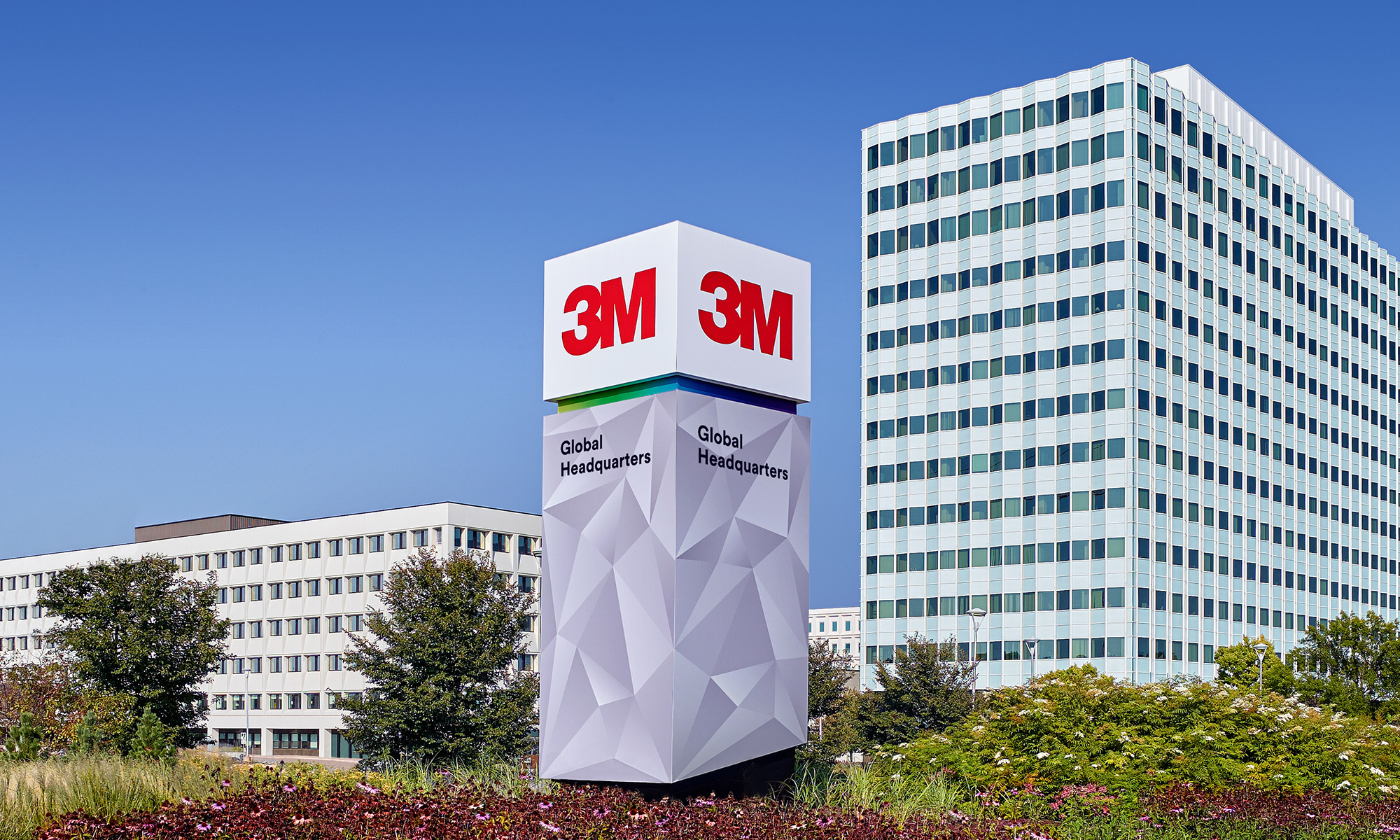Another quarter, and another disappointing performance from industrial giant 3M (MMM +1.08%). The company is not in a great place right now, and management has its work cut out to turn things around. That said, the stock's 3.2% dividend yield (backed by substantive cash flow) will attract some investors, and you could build a case for the stock based on a restructuring turning around its prospects.

Image source: Getty Images.
The results weren't that bad
On a headline basis, the fourth-quarter earnings were disappointing, and the market gave its immediate verdict by taking down the stock price by nearly 6% on the day of the report.
On the other hand, the underlying figures were pretty much in line with guidance. And industrially focused companies like MSC Industrial Direct and railroad CSX have already given earnings that suggest industrial conditions will be difficult this winter.
The following table helps to explain matters.
| Metric |
Fourth Quarter Actual |
Previous Guidance |
Notes |
|---|---|---|---|
|
Organic revenue growth YOY (decline) |
(2.6%) |
(1% to 3%) |
Within guidance, and the industrial sector has been weak. |
|
EPS |
$1.95 |
$2.05 to $2.15 |
At the high end of underlying guidance since Q4 contains $0.20 of restructuring charges, which wasn't in the guidance. |
Data source: 3M. YOY= year over year.
3M restructures
Investors should not be too critical of the $0.20 restructuring charge. In fact, it should be welcomed as a reflection of management's determination to turn around performance. CEO Mike Roman argued it was "really the next phase of our transformation journey, and it's taking advantage of everything that we've done." This journey includes changing to operating out of four segments instead of five, a wide-scale enterprise resource planning (ERP) rollout, and now having its business groups organized on a global basis instead of being run on a country basis.
Where 3M has gone wrong in recent years
Frankly, something needed to be done, because 3M's performance in the last few years has been disappointing to say the least. The criticisms can be put into three buckets.
First, management's guidance has proved inaccurate in the past. Three of the last five years have seen growth come in below the range of management's original forecast. And this has eroded investors' confidence in a company that previously commanded a valuation premium to its peers.
| 3M |
2014 |
2015 |
2016 |
2017 |
2018 |
2019 |
|---|---|---|---|---|---|---|
|
Actual organic local-currency growth (decline) |
4.9% |
1.3% |
(0.1%) |
5.2% |
3% |
(1.5%) |
|
Initial guidance |
3% to 6% |
3% to 6% |
1% to 3% |
1% to 3% |
3% to 5% |
2% to 4% |
Data source: 3M presentations.
Second, its consumer and healthcare segments have consistently fallen short of expectations. While weakness in 3M's more cyclical business segments (safety & industrial, and transportation & electronics) is understandable in the current environment, the company can't blame cyclicality for these stable businesses. To put this into context, here's what CFO Nick Gangestad has targeted on the last two investor days in 2016 and 2018.
|
Annual Organic Revenue growth |
2019-2023 Targets (Given in 2018) |
2016-2020 Targets (Given in 2016) |
|---|---|---|
|
Health care |
4% to 6% |
4% to 6% |
|
Consumer |
2% to 4% |
3% to 5% |
|
Total company |
3% to 5% |
2% to 5% |
Data source: 3M presentations.
Unfortunately, both segments have come nowhere near hitting these targets in recent years.

Data source: 3M. *Both segments were reorganized in the second quarter with retail care added to the consumer business, and separation & purification added to healthcare. YOY = year over year.
The third criticism is the company hasn't been able to generate volume growth alongside pricing improvement in recent years, and the latest result is no different. This is important because 3M's business model involves spending on innovation in order to produce differentiated products that have pricing power.
What it means to investors
3M is an interesting stock. The fourth-quarter earnings weren't as bad as the headline numbers suggest, and management's guidance for organic sales growth in the flat to 2% range in 2020 looks more realistic than guidance in previous years. Meanwhile, the restructuring should be welcomed by investors since it seems management is serious about it, and the stock now trades at a discount to many of its peers.
MMM PE Ratio (Forward 1y) data by YCharts.
All told, there's a case for buying the stock, but it probably makes sense to wait for management to demonstrate a few quarters of progress (in particular in the healthcare and consumer segments) before buying in.







